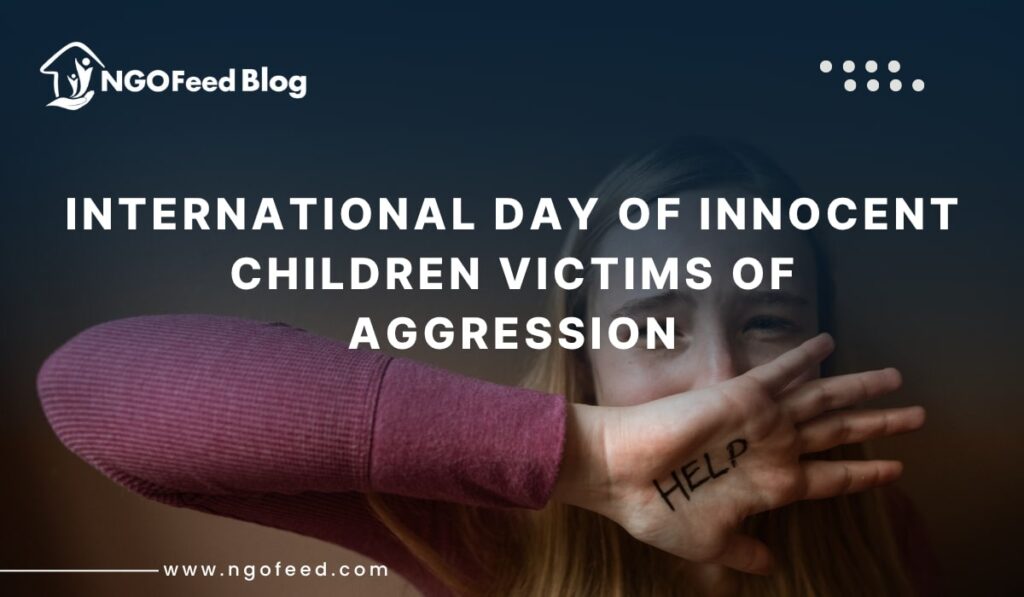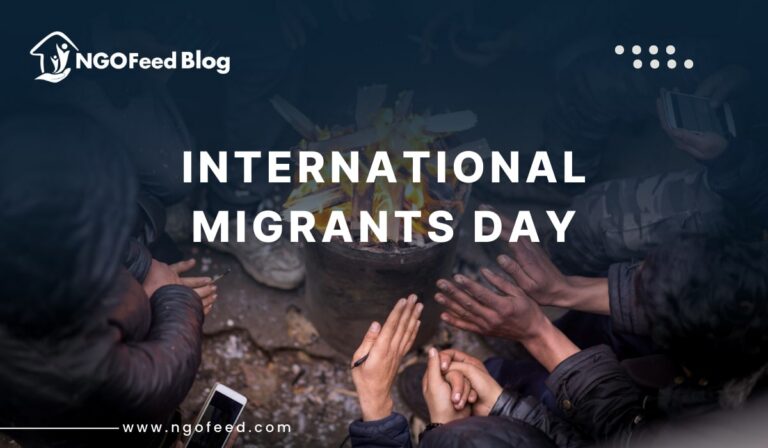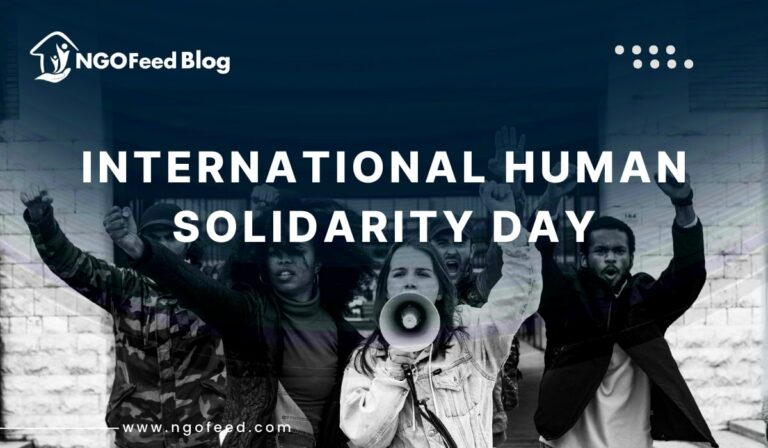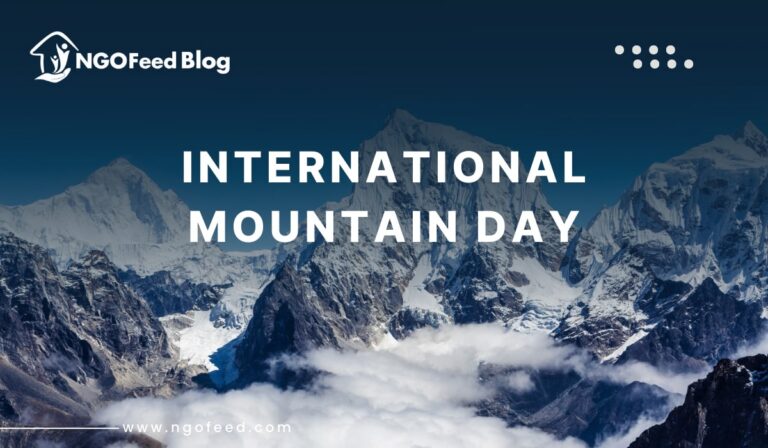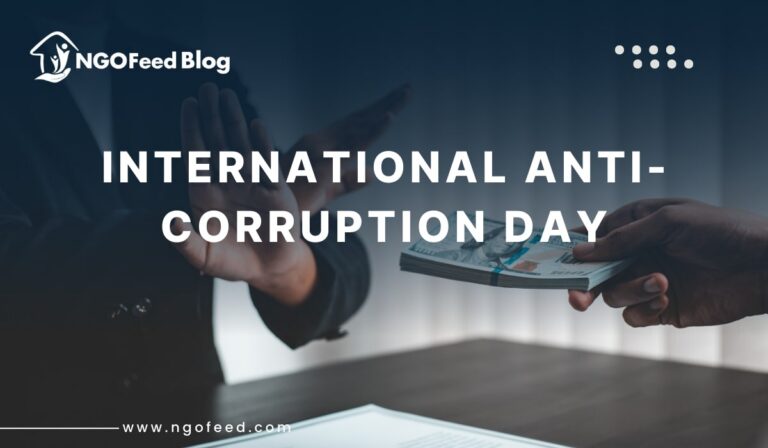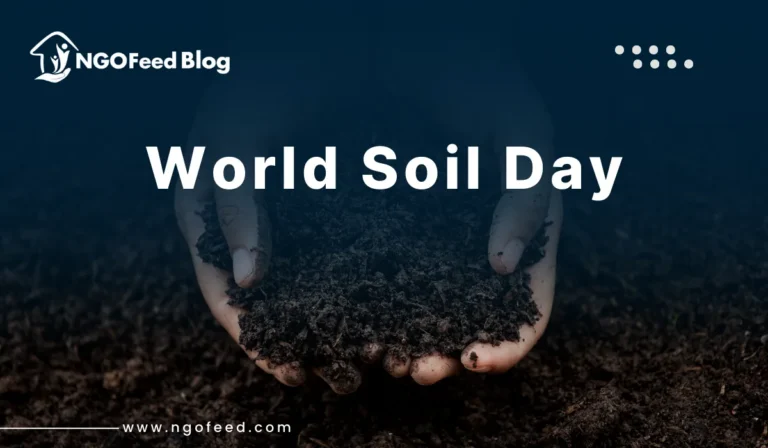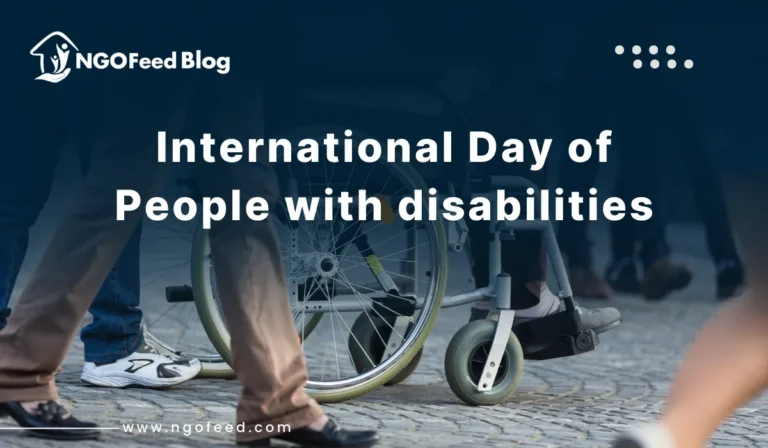Observed on 4 June, the International Day of Innocent Children Victims of Aggression is a somber worldwide memorial that honors and grieves the suffering of children everywhere who endure physical, psychological, and emotional abuse during times of war and disaster. Originally associated with the Middle East’s violence, it has grown into a day of worldwide introspection, lobbying, and action.
Table of Contents
“There can be no keener revelation of a society’s soul than the way in which it treats its children.”
— Nelson Mandela
International Day of Innocent Children Victims of Aggression – Historical View
In 1982, the United Nations General Assembly established the day (Resolution 37/37) in response to the extensive murder and maiming of children during the Lebanon conflict. The world was moved by the terrible photographs and accounts from Palestinian and Lebanese children at the time, so starting this memorial as a perpetual reminder of the effects of armed conflict on children.
Celebrating it is justified
- To recognize children who have gone through war, terrorism, occupation, and domestic abuse.
- to increase knowledge of kids’ vulnerability in war zones and violent surroundings.
- to gather global collaboration in order to improve child protection systems.
- To support international laws like the Geneva Conventions, aiming at child protection, and the UN Convention on the Rights of the Child.
Also Read: Role Of NGOs in Post-War Rehabilitation
The significance of the International Day of Innocent Children Victims of Aggression
- This day is more than a memorial; it also serves as a worldwide call to action:
- It highlights human rights under child rights.
- It reiterates the global resolve to stop child abuse.
- It guarantees that seen, heard, and aided are those unseen victims—children trapped in adult fights.
- Particularly for young people and future policymakers, it offers an instructive opportunity.
The Present Global Scenario (2025)
Over 30 conflict-affected countries report terrible child rights abuses in 2025. Highlights of the most recent UN studies are:
- Since late 2023, Gaza has seen 15,000+ youngsters killed or wounded.
- More than five million children displaced from war in Yemen, Myanmar, Sudan, and Ukraine.
- Recruiting of child soldiers in over ten nations, including sections of the Sahel, South Sudan, and the Central African Republic.
- Continuous psychological trauma, nutritional deficiencies, and academic interruption among children living in conflict areas and refugees.
- These numbers highlight the continuing urgency of the observance.
Also Read: The Pahalgam Attack and the Role of NGOs
Social and Psychological Effects on Children
Children who witness violence:
- Post-trauma stress disorder (PTSD)
- Anxiety and sadness
- Loss of access to education
- Danger of abuse (trafficking, forced labor, sexual abuse)
- Family and identity loss
- These long-run consequences not only mark personal lives but also undermine social systems for next generations.
Part of Global Organizations
Various international organizations are diligently working to alleviate child suffering:
- UNICEF: Offers psychological counseling, education, and humanitarian relief.
- In conflict areas, Save the Children runs child protection projects.
- International Red Cross and Red Crescent: Helps to reunite families and provide aid in conflict areas.
- Watchlist on Children and Armed Conflict: Monitors violations and interacts with authorities.
Also Read: Role of NGOs in Street Children
Governmental and legal initiatives
- The Optional Protocol on the Involvement of Children in Armed Conflict (2000) restricts child recruitment under 18.
- Countries have signed bilateral peace agreements, including provisions guaranteeing child protection.
- To deal with internal crimes, national authorities have established child protection services and ministries.
- Despite these efforts, enforcement remains erratic, particularly in areas with shaky administration.
Worldwide Observance and Activities
Activities planned for 2025 comprise:
- Virtual panels and UN Forums on child protection in humanitarian contexts.
- Child survivors exhibiting their pain and hope through artistic installations.
- Benefit concerts for the rehabilitation and education of refugees.
- Screenings of documentaries showing current catastrophes and children’s resiliency.
Also Read: Role of NGOs in Child Welfare
Ways People Might Help
- Learn, then pass information.
- Volunteer or donate to nonprofits.
- Under conflict-zone rehabilitation initiatives, sponsor a youngster from refugee.
- Support child welfare initiatives by writing to your legislators.
Way Forward: Protecting and Preventing Techniques
- Conflict resolution education and peacebuilding
- Worldwide sanctions on nations and organizations abusing child rights
- Technology-based real-time monitoring systems to follow infractions
- Local community trauma-informed care training for youngsters
Conclusion
It reminds us that adult conflicts should never be collateral damage for children. Everywhere, it exhorts governments, institutions, teachers, parents, and citizens to defend, raise children.For youngsters, the International Day of Innocent Children Victims of Aggression serves as a sobering reminder of the catastrophic effects of violence, domestic violence, terrorism, occupation, and social neglect. Children—who should be protected, cultivated, and taught—often become the most quiet and defenseless victims in the midst of war. Their pain not only points toward a moral crisis but also underlines the failure of countries, organizations, and global processes to support the most fundamental tenets of dignity and human rights.
Also Read: Role of UNHRC in Safeguarding Human Rights
Still in 2025, the world is seeing many humanitarian crises in which children are hurt, abandoned, enrolled as soldiers, orphaned, and denied fundamental needs like food, shelter, security, and education. These crimes not only steal their childhood but also endanger the future of our worldwide community. Often lasting into adulthood, the emotional, mental, and educational scars from such events keep poverty, violence, and instability running.
Celebrating this day is a call to action—to governments, global organizations, civil society, teachers, parents, and people—rather than a passive remembrance. It calls for deliberate participation in creating systems of responsibility, protection, and assistance. Legal instruments must be strengthened and enforced; humanitarian aid must be given top priority; and educational, health, and psychosocial recovery initiatives must be scaled to include all impacted children.
Moreover, particularly through educational curricula that instill human values in next generations, there is a strong urgency to foster a culture of peace, empathy, and non-violence. Too frequently muffled, the voices of child victims must be highlighted—through art, narrative, activism, and restorative justice.
Let us recall: the way we treat our kids now decides the kind of world we will inhabit tomorrow. Not only is it an ethical need to shield kids from hostility; it also establishes a basis for enduring peace and sustainable development. Let this commemoration in 2025 refresh our group obligation to make sure no child ever suffers the horrors of violence and battle again.

